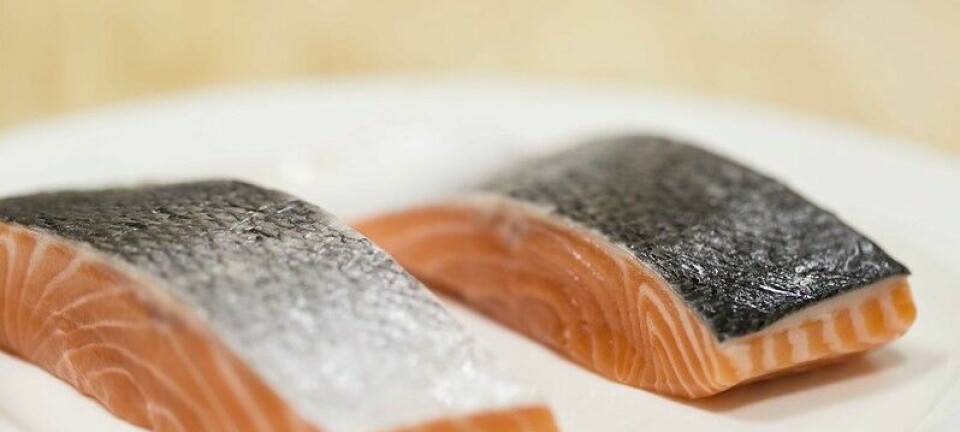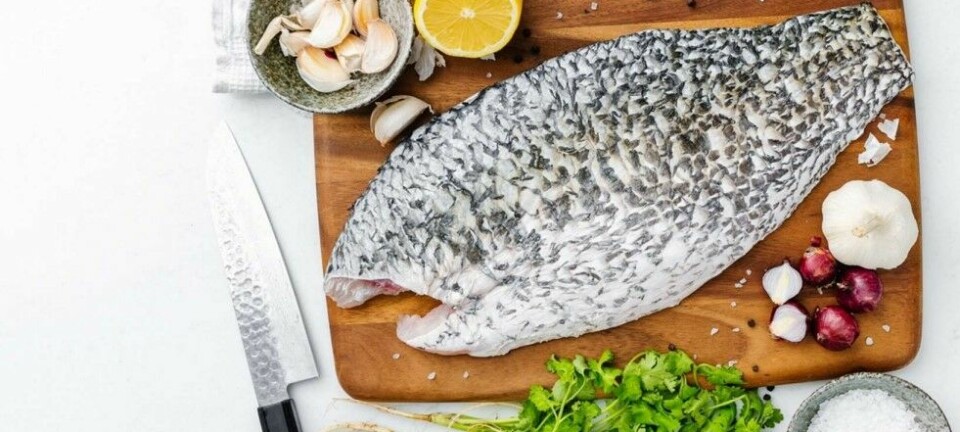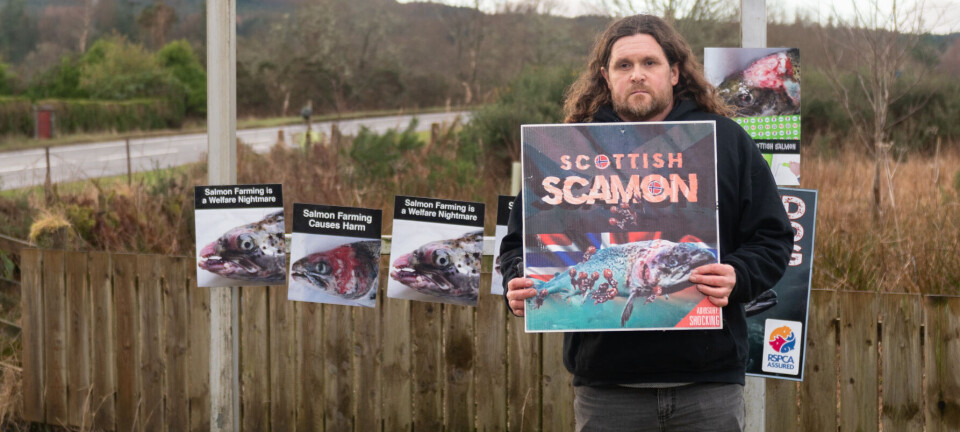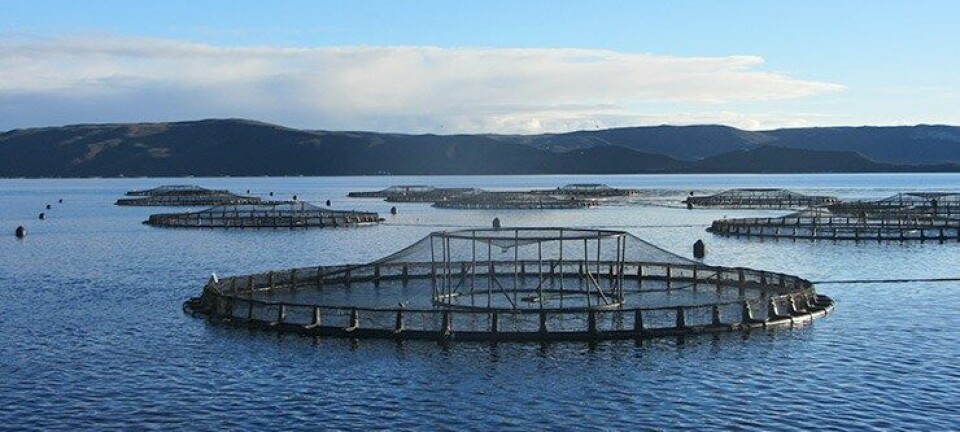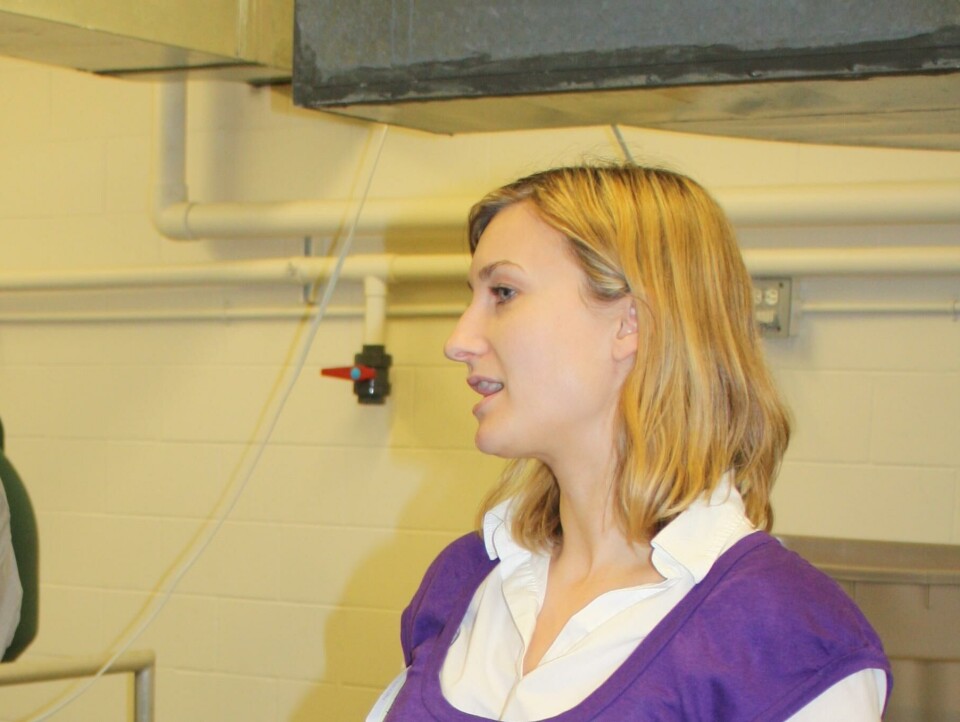
Cockle culture considered in British Columbia
Recent results of research into the reproduction of the basket cockle, which is found all along the west coast of North America, have shown that the shellfish can easily be spawned and start-fed in captivity. Indications also suggest that the clam can be grown to harvest size in pearl or lantern nets- away from the beach where the animals are normally found. While there is some concern about genetic variations among the different populations of cockles along the B.C. coast, the culture of cockles is sure to be a fact within the business of aquaculture in this province, as these excerpts from an article in the Times Colonist by veteran journalist Carla Wilson show;
B.C.'s next commercial aquaculture species is on the beach waiting to be discovered. First Nations have long eaten the native basket cockle -- with a flavour likened to a sweet-tasting combo of crab and clam -- and now Vancouver Island scientists are investigating whether the shellfish, with patterned ribbed shells, would make economic sense to cultivate in B.C. Scientists are discovering that the cockles (Clinocardium Nuttali), which are harvested and sold commercially in Europe but have no major markets in Canada, are robust and grow quickly.
"The cockle is a wonderful shellfish," says Richard Harry, executive director of the Aboriginal Aquaculture Association. First Nations often smoke and can cockles, Harry said from Campbell River. He thinks there's a market for cockles as a high-end, exotic product. Sustainable First Nations aquaculture can create jobs and help support coastal communities.
Cockle research is going on at a time when oyster-larvae production is dropping in Washington and Oregon, longtime sources of seed for B.C. farmers. B.C.'s shellfish industry produced a harvest volume of 7,200 tonnes in 2008, with an estimated wholesale value of $27 million (~€ 20 million), provincial data states. Oysters, manila clams and gallo mussels are among main species grown.
"There was a lot of interest in cockles coming out of industry and First Nations about four years ago," said Don Tillapaugh, director of the Centre for Shellfish Research at Vancouver Island University, which is working with Fisheries and Oceans Canada, First Nations and industry on the cockle-research program. Cockles may have potential to create $1 million to $2 million in new revenues annually for shellfish farmers wanting to diversify, Tillapaugh said.
Helen Gurney-Smith, head of the shellfish health and husbandry research program at Vancouver Island University, said survival rates of cockles, when put out at about four millimetres in size, are very high in suspended cultures in the water and lower on the intertidal area of beaches. Christopher Pearce, a scientist at Fisheries' Pacific Biological Station in Nanaimo, said that depending on various factors, cockles can reach market size, often within a year and, at the most, 18 months.






















